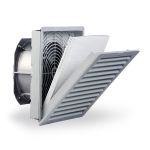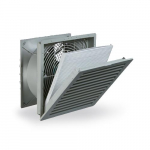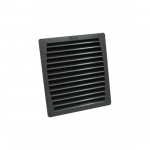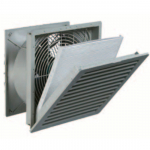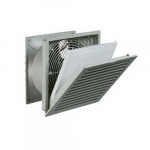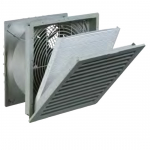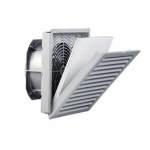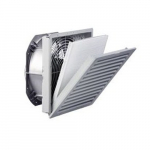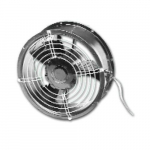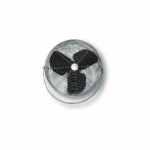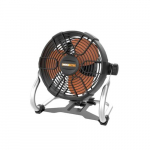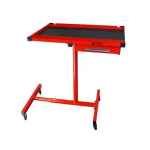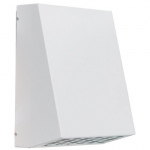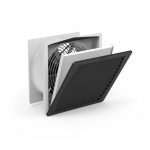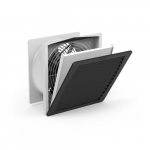Fans were steam-powered at first, but later electricity became the main power source of fans. Primarily, they were used in enclosed premises like mines, storage rooms, and production lines, where dangerous gases and fumes could pose a threat to workers. Another major utilization field of fans is health care. They are placed in hospital wards to constantly vent out stale air filled with bacteria and replace it with fresh air from outside the building. After the rapid expansion of AC systems, fans were implemented as endpoints of the ventilation network, both supplying the cooling element with fresh air and releasing used up hot air from the vents.
Modern-day fans have several construction variations. The first type is called axial. Such gadgets have blades set up perpendicular to the axis of rotation, and they push the air parallel to this axis. Such gadgets are utilized for different types of devices, from cooling table fans to wind tunnels. Another one is a centrifugal fan, which has blades located around and parallel to the axis of rotation, and they push the air sideways from the axis. These variations are used in devices that require high flow pressure, like leaf blowers or blow dryers. Cross-flow fans create a steady flow in two directions, and such fans are used in HVAC/R systems.



